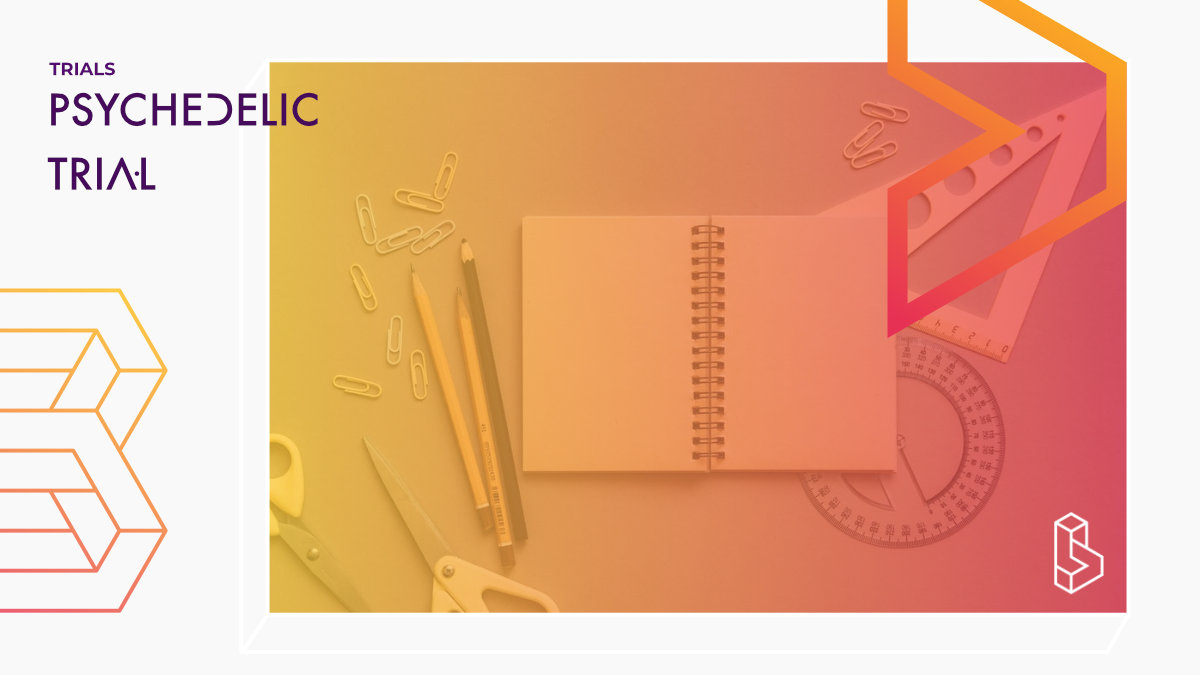This single-blind interventional trial (n=20) will investigate the safety of ascending doses of psilocybin for home administration.
The study is designed to assess whether different microdoses of psilocybin (1.2 mg, 2.0 mg, 3.0 mg, and 4.2 mg) can be safely administered at home. Participants will receive these doses, as well as a single placebo, on separate days. They will undergo a series of safety assessments and complete questionnaires at each dosing session.
The trial, conducted by Johns Hopkins University and funded by private philanthropic funds, aims to identify safe dosages for at-home use and evaluate their potential impact on participants’ health.
The study began in August 2024 and is expected to conclude in June 2027.
Trial Details
Trial Number
Sponsors & Collaborators
Johns Hopkins UniversityJohns Hopkins University (Medicine) is host to the Center for Psychedelic and Consciousness Research, which is one of the leading research institutes into psychedelics. The center is led by Roland Griffiths and Matthew Johnson.

